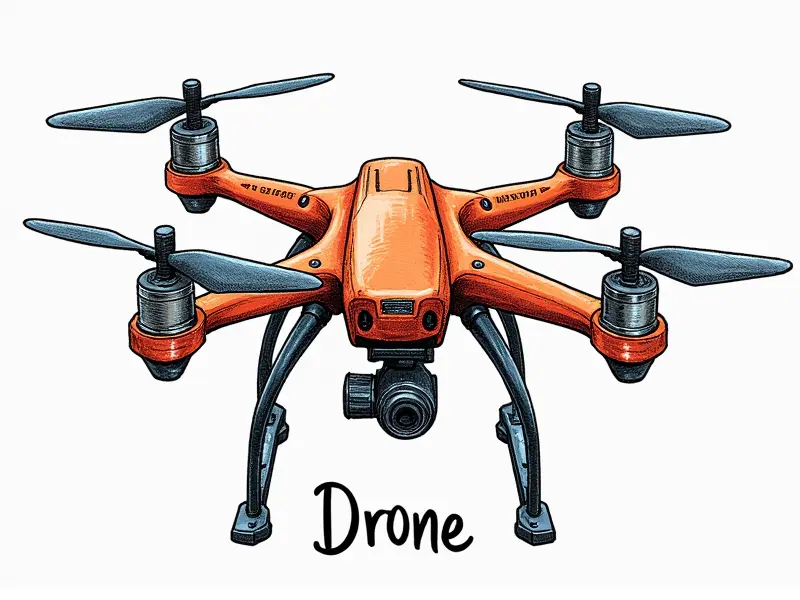RC airplane wing design

The Ultimate Guide to RC Airplane Wings
Welcome to the ultimate guide on RC airplane wings, where we delve into the intricate world of aerodynamics and wing design. Whether you're a seasoned RC pilot or just starting out, understanding the nuances of wing design can significantly enhance your flying experience.
Mastering RC Airplane Aerodynamics
Aerodynamics plays a crucial role in determining how well an RC airplane performs. Key factors include lift, drag, thrust, and stability. Lift is generated by the shape of the wings, which must be designed to efficiently convert airspeed into upward force.
Understanding Wing Geometry
- Airfoil Shape: The cross-sectional profile of a wing determines its lift characteristics. Common airfoils include NACA series and symmetrical designs.
- Swept Wings: Sweeping the wings back reduces drag at high speeds, making them ideal for fast RC planes.
- Dihedral Angle: The upward tilt of the wingtips improves stability by creating a natural tendency to level the plane when it rolls.
Secrets of High-Performance RC Wings
To achieve high performance, wings must be optimized for specific flight conditions. For instance, racing planes require wings that generate lift efficiently at high speeds, while stunt planes need agile and responsive wings.
Innovations in RC Airplane Wing Tech
- Carbon Fiber Composites: These materials offer superior strength-to-weight ratios, enhancing performance without adding unnecessary weight.
- Vortex Generators: Small fins on the wing surface disrupt airflow and improve lift at high angles of attack.
- Fowler Flaps: Extendable flaps increase lift during takeoff and landing, allowing for shorter runways and better control.
RC Pilot's Guide to Wing Efficiency
Evaluating wing efficiency involves balancing several factors such as aspect ratio (the span-to-chord ratio), taper ratio, and tip shape. A higher aspect ratio generally means more efficient lift but can lead to reduced maneuverability.
Essential RC Wing Design Principles
- Balancing Weight: Proper weight distribution is critical for stability and performance.
- Aerodynamic Drag Reduction: Smooth surfaces and streamlined shapes minimize drag, improving speed and fuel efficiency.
- Mechanical Strength: Ensuring the wing can withstand stress during flight without compromising structural integrity.
Boost Your RC Flight with Better Wings
Selecting the right wings for your RC plane is crucial. Consider factors like intended use, desired performance characteristics, and environmental conditions to make an informed decision.
Top Wing Designs for RC Airplanes
- Symmetrical Airfoils: Ideal for aerobatic planes due to their neutral pitch stability.
- Tapered Wings: Provide a balance between lift and maneuverability, suitable for various types of aircraft.
- Flying Wing Designs: Eliminate the need for a separate fuselage, offering enhanced efficiency and agility.
Optimal Wing Shapes for RC Flyers
The shape of your wings directly impacts performance. For instance, elliptical wings offer excellent lift distribution across the span, reducing induced drag.
Choosing the Right Wings for Your RC Plane
- Racing Planes: Opt for swept-back wings with high aspect ratios to maximize speed and efficiency.
- Aerobatic Planes: Symmetrical airfoils provide neutral pitch stability, allowing for precise control during maneuvers.
- Turbo Chargers: Use low-drag designs that maintain lift at high speeds without compromising agility.
Conclusion
In conclusion, mastering RC airplane wing design is essential for achieving optimal performance and enjoyment in the hobby. By understanding aerodynamics, incorporating innovative materials and technologies, and carefully selecting the right wing shape for your specific needs, you can elevate your RC flying experience to new heights.

